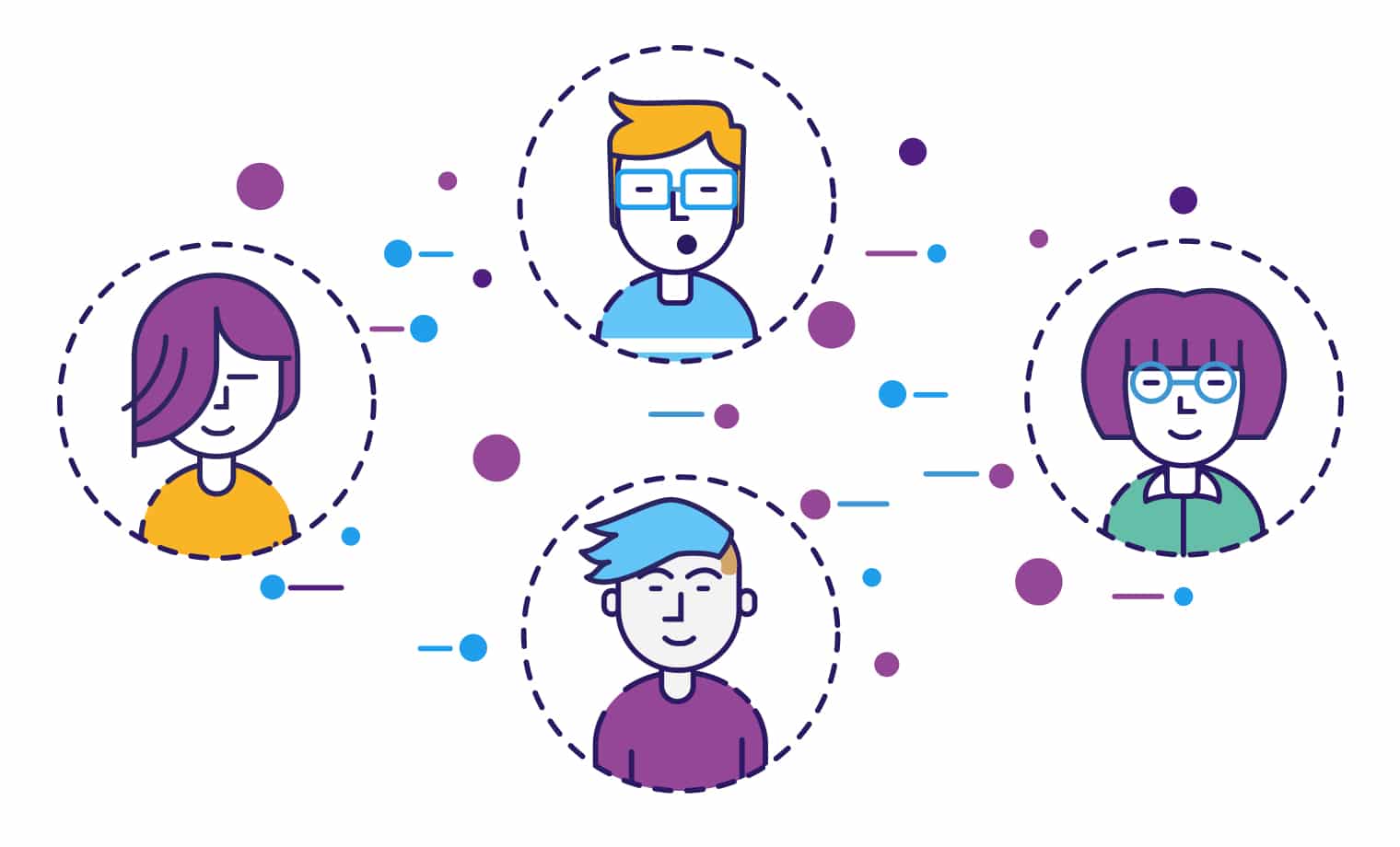Cleaner Targeting with Personas
While programmatic media buys can help pinpoint where targeted audience members are likely to be when they are looking for the solution you are selling, you first need to be able to recognize these targets. That requires knowing what their interests are and what they care about. To do this, you need to understand the emotional drivers that will lead these individuals to take action in your favor.
Behavioral Portraits
In other words, you not only need to create personas to accomplish this, those personas will have to be based on more than demographic data or generational generalizations. (Hint: All Millennials are not alike any more than all Baby Boomers or Gen Xers.]
Understanding the role behavioral biases play in decision-making helps create a more nuanced portrait. For instance, as humans, our strongest bias is our aversion for loss. Depending how strong it is, it can lead to extreme indecision for fear of making the wrong choice and losing out. It can also lead to crowd actions—the fear of losing out on something everyone else seems confident of obtaining or going along with the consensus for fear of being branded a loser. Then, there are those who embrace fear; they will just jump into a decision without regard to the risks. Knowing whom you are talking to matters when you are framing your message.
Case in Point
When we developed personas for our credit counseling client, we were tasked with creating a campaign that would speak to breadwinner moms. But as we worked to understand breadwinner moms, we recognized that there are three different types of breadwinner moms: moms that still share decisions with a spouse, single moms who have sole responsibility for their households and always have, and single-again moms who used to have a partner but find themselves juggling all responsibilities on their own due to a death or divorce. Exploring the mindsets of each group led to a better understanding of motivations.
The overwhelming concern for each mom settled on finding a better future for the family. The single-again moms were dealing with a situation influenced by grief or anger, which the other subcategories of breadwinner moms do not have to contend with. The single moms had a sense of control and pride that needed to be supported, even as they were being encouraged to reach out and ask for help. The married breadwinners knew they had to take action while balancing the needs of their spouse. In all cases, what these women needed was not to feel blame but hope—hope that there was a dignified and supportive option out of their debt.
Our exploration of the audiences also led to a “day-in-the-life” analysis. The working moms among us pointed out that paying bills is typically an activity left for after the kids are in bed. Therefore, the time at which these women would be most likely to seek help was late in the evening, an aspect that we used to form our ad buy.
Use First Person for Better Understanding
To ensure our personas were being served, we expressed each one in the first person. We find this makes it easier to “get” a person and, therefore, what they would need to hear to break through the clutter. It also helps us understand how they would speak and prefer to be spoken to. Ultimately, we feel it’s easier for prospects to identify with what we are talking about.
Verified, Not Assumed
As personas are being created, they should be verified and refined through interviews. Sales people may be able to paint a good likeness, but as many customer interviews as a project budget will allow are preferred.
